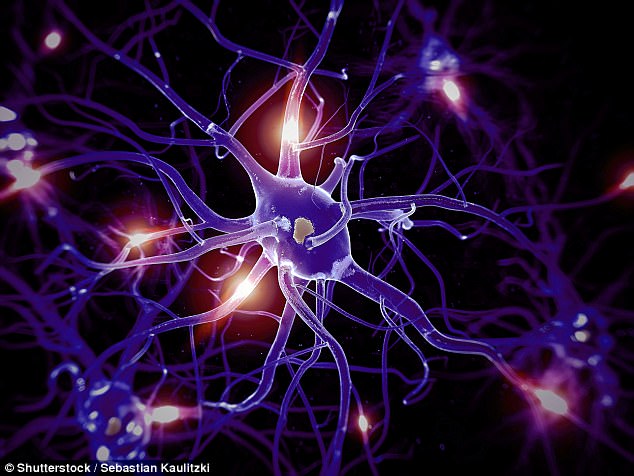The Seeds of Antibiotic Resistance Have Been Discovered in Tuberculosis Bacteria

New genes associated with antibiotic resistance have been discovered after a thorough analysis of thousands of strains of tuberculosis bacteria. These findings could be extremely important for the treatment and prevention of tuberculosis in the future as well as the fight against drug-resistant bacteria. Currently, tuberculosis (TB) may be avoided with a vaccination and, in the majority of instances, treated with pharmacological treatments over the course of six months. However, it continues to kill around 1.5 million people year throughout the world, and we don't want that figure to increase. This is why the latest research, which represents the biggest genome sequencing study of Mycobacterium TB to date, is so important. The risk of a TB strain that is resistant to treatment won't go away any time soon. In one of their published publications, the researchers state that "this analysis indicates the possibility of extremely large-scale investigations to greatly expand our ...











